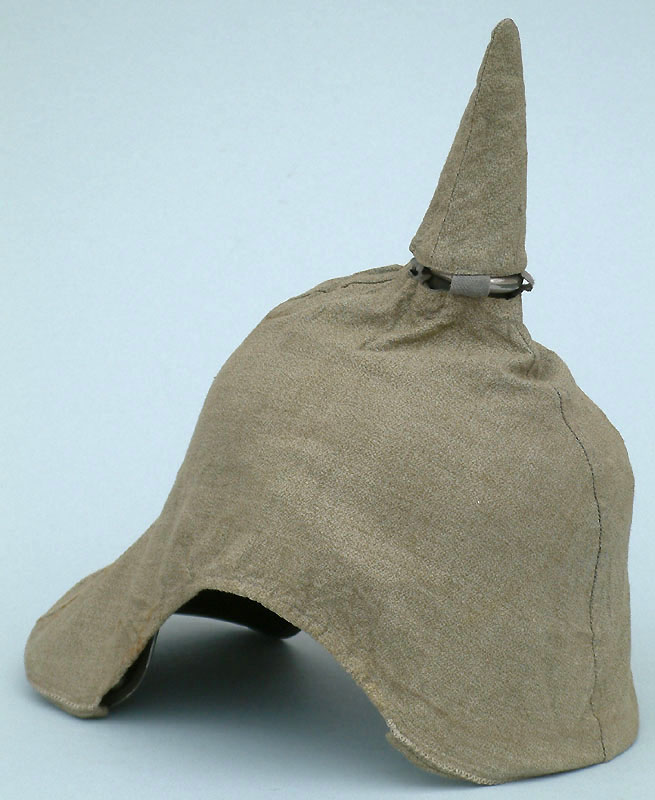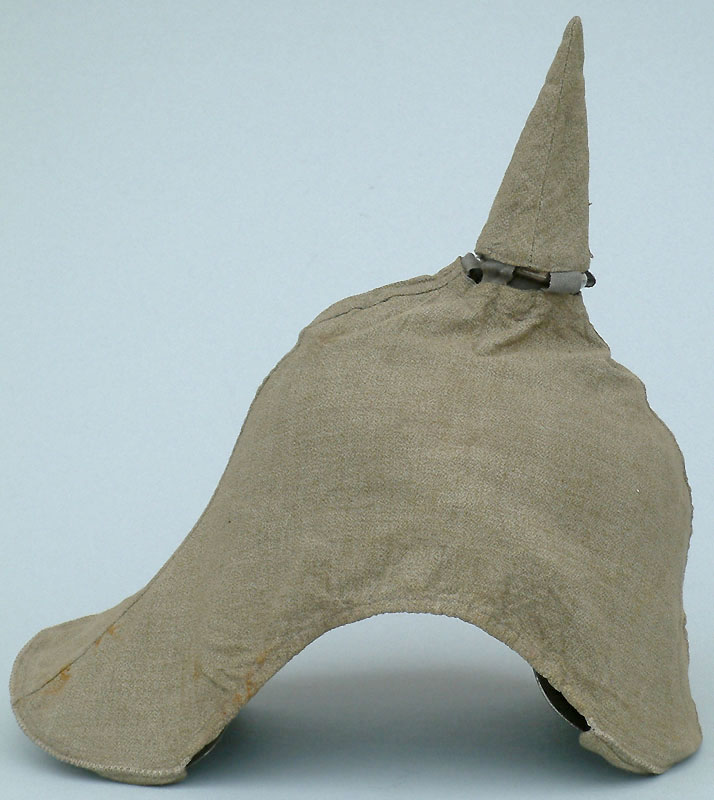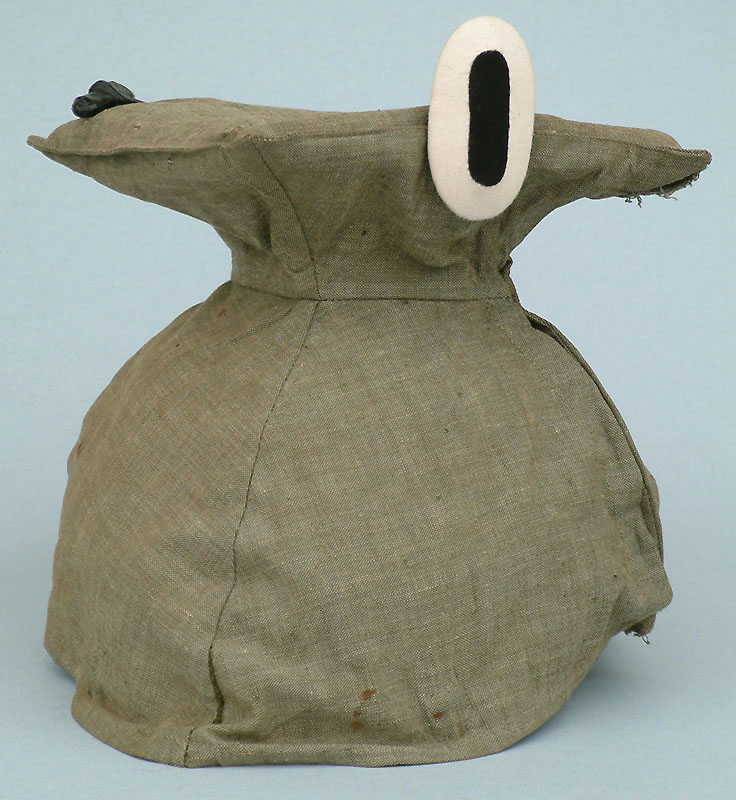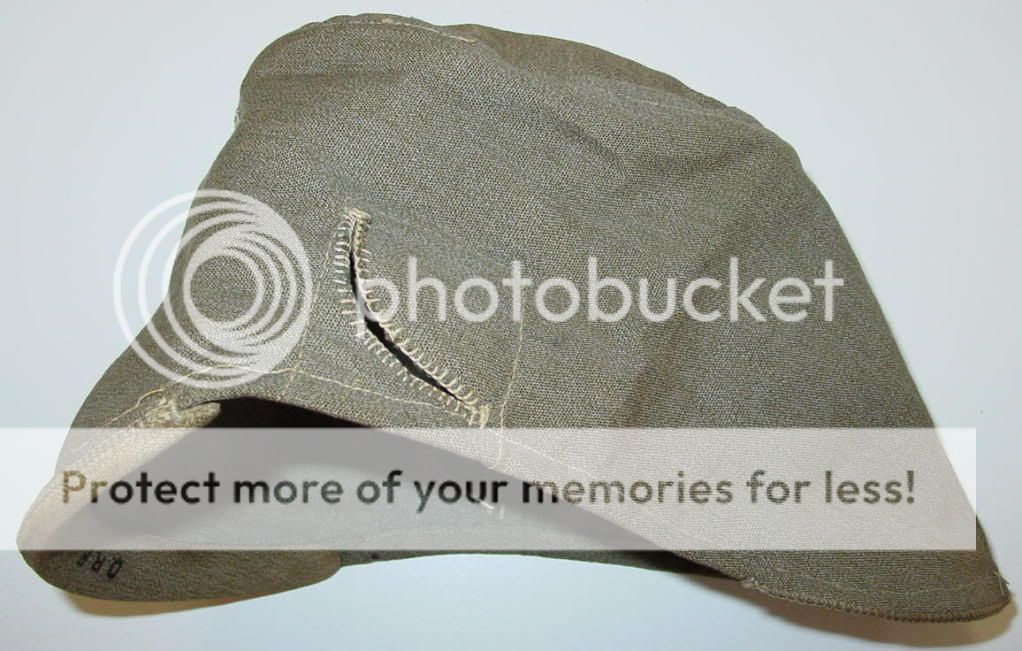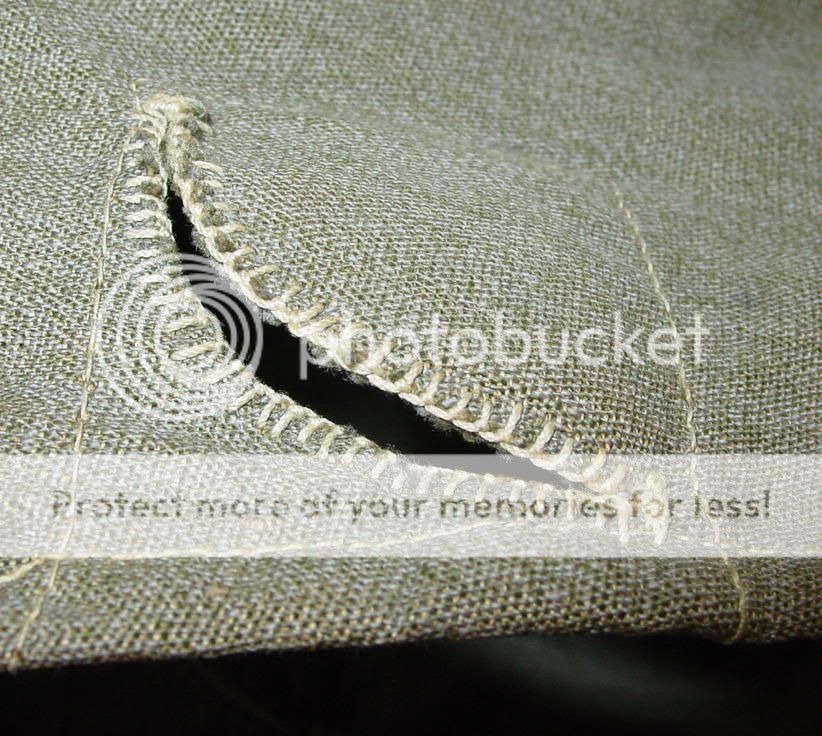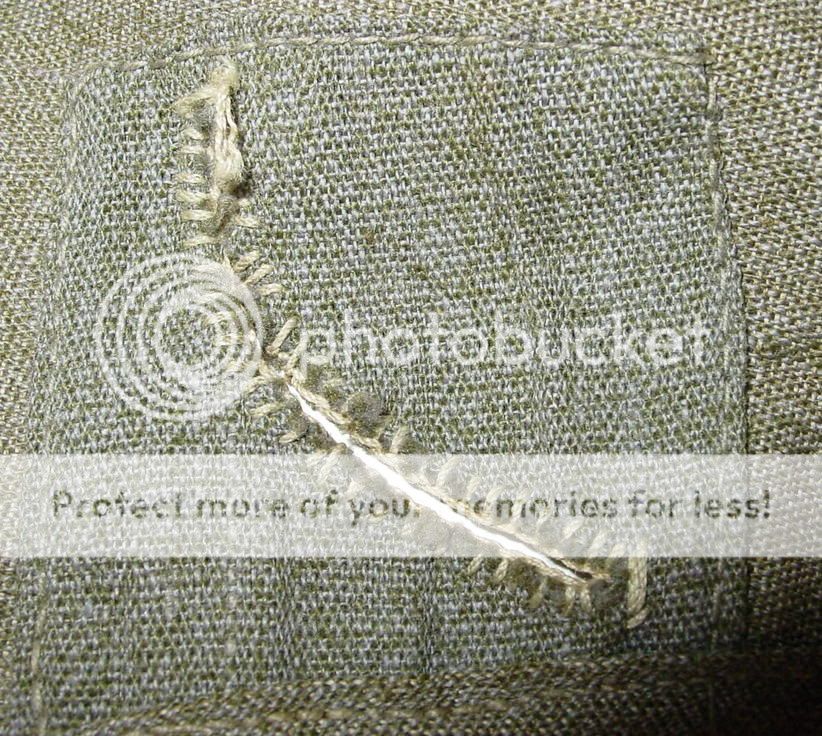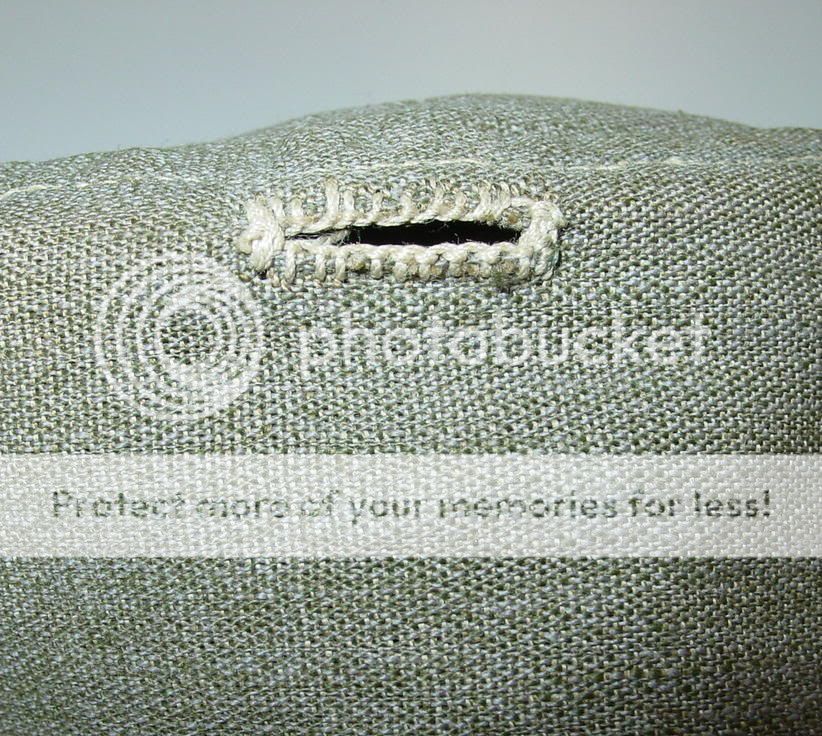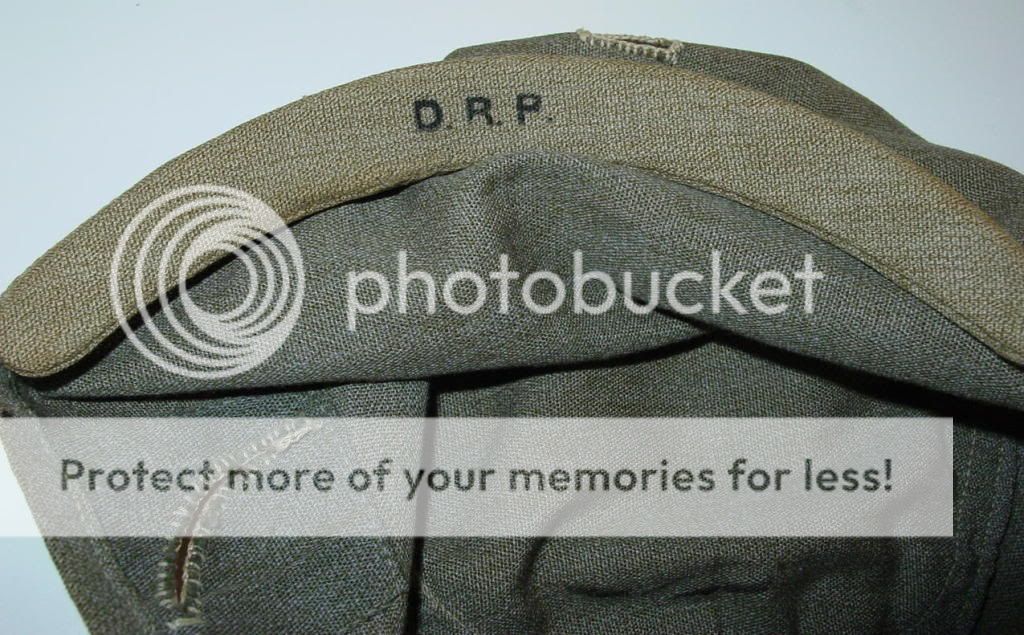Lost Skeleton
Well-known member
What follows will be an attempt to shed additional light on the subject of Pickelhaube Helmbezüge by analyzing original field covers, noting their similarities and differences, and placing them in a chronological historical context. This is not intended to be, nor can it be, a definitive evaluation of the subject. However, it should provide a fundamental overview, which may prove of value to the collector and armchair historian alike.
This concept, in embryonic form, was introduced recently in a sister thread. However, the analysis was quickly mired in a priori assumptions and straw man arguments focused exclusively on parsing the AKO directive of 28 January 1897. I would like this second attempt to engender participation, but I don’t want to see it stymied by supposition and contentious egos (mine included).
My primary desire is for the discussion to be collaborative and constructive.
It is necessary to begin with a few words regarding the photography. The digital photographs provided herein were taken with an Olympus SP-350 utilizing the zoom, macro, and super macro lens settings. The camera’s white balance was calibrated to eliminate chroma bias. The field covers where photographed under blue tungsten photoflood bulbs against an opaque neutral background. Photoshop was employed to resize and crop the images, erase background shadows, and, when necessary, correct exposure and focus. However, no color correction was performed.
Even with this diligence, it will be apparent immediately how significantly the color will vary from picture to picture. Additionally, because the pages of this forum are white, a black background was selectively employed to provide a more accurate impression of the true color of the artifacts photographed. However, the type of monitor used for viewing (CRT, LCD), and the accuracy of its contrast and gamma settings will also artificially enhance or degrade color fidelity. Therefore, my written descriptions will provide the final word on color as I am assessing the artifacts “from life.”
SECTION I: ISSUED HELMBEZÜGE
Example one, a circa 1892 to 1913 Artillerie Helmbezug, has appeared on the forum previously:


The helmet and field cover were issued to 2. Lothringisches Feldartillerie-Regiment Nr. 34 of the XVI.AK. The helmet had a long service life, beginning in 1896, and was reissued in 1910 to Kanonier Zimmermann II


The cover, dated 1913, appears to have been contemporary surplus transferred to the XVI.AK from the VIII.AK (2. Rheinisches Feldartillerie-Regiment Nr. 23). There is no evidence to suggest that regimental numbers were ever sewn to the the cover.

The Helmbezug cloth is a basket weave of neutral and bundled green and russet colored yarns. Though faded to a dirty tan, the original color was reed-green. The Helm cover is two-panel construction with a side seam joining the fore and aft panels. The spike opening is elasticized. The Kugel hood features an interior leather lining and is attached to the Helm cover with variegated non-elastic cloth twill. The attachment hooks (three in the fore and two aft) are brass. Because the helmet’s rear spine is not ventilated, there is no corresponding vent hole in the cover.

Example two, a circa 1897 to 1914 Infanterie-Regiment Prinz Friedrich der Niederlande (2. Westfälisches) Nr. 15 Helmbezug, has also been presented to the forum before:

Like its predecessor, the cloth is a faded basket weave of neutral and bundled green and russet colored yarns. The spike hood features a leather lining and the hooks are brass. A hand stitched opening is present for the Hinterschiene Schiebeklappe. In material and construction, it is identical to the artillery Helmbezug. The Arabic numerals are red felt and machine sewn to the cover utilizing a zigzag stitch.





Example three, a circa 1897-1914 Füsilier-Regiment General-Feldmarschall Prinz Albrecht von Preußen (Hannoversches) Nr. 73, is identical in construction and material as the FAR 34 and IR 15 covers. The Arabic numerals match those of the IR 15 cover, as does the stitching. It is the least faded of the three and provides the best impression of reed-green (particularly the interior).



Example four, a 1915 dated Triersches Feldartillerie-Regiment Nr. 44 Helmbezug illustrates the initial wartime changes in material and construction. Spruce-green felt Arabic numerals, sewn to the helmet with a simplified running stitch, have replaced the prewar, highly visible red, the Helmbezug cloth is an even-weave of medium brown yarn, the attachment hooks are cast metal painted black, and the Kugel hood lining is now cloth.




The circa 1892 - 1914 variegated cloth twill, which joins the Kugel hood to the field cover has been retained:


Example five, a 1915 dated two-piece cover, typifies the pattern developed for the M15 Pickelhaube with detachable spike. The cover is an even-weave of medium brown yarn, the attachment hooks are unpainted steel, the opening for the ventilation hub is reinforced and elastic, and quarter-circle openings backed in leather allow the chinstrap to be worn outside the cover. The Helm cover is constructed of four panels (comparable to early baseball caps)



A ghost Arabic numeral “3” is also visible. Possible explanations are:
1. The number is a faded ink/dye stencil.
2. The number is a shadow created by a non-colorfast cloth number having once been sewn to the cover.
3. The number was stamped on the cover to assist a textile worker in accurately positioning a cloth number for machine sewing.

SECTON II: PRIVATE PURCHASE HELMBEZÜGE
Example one is a circa 1892 to 1918 private purchase cover with a taller spike hood proportionate to the officer Pickelhaube. Replacing the brass visor hooks are protective reinforced cloth pockets. The sole marking found on the cover is “D.R.P.” for Deutsches Reich Patent. The cloth is an even-weave of light gray and twisted light gray/pale olive yarn. The Helm cover is two-panel construction.


Example two is a circa 1897 to 1918 Reserve-Infanterie cover representing either Prussian Infanterie-Regiment Graf Tauentzein von Wittenberg (3. Brandenburgisches) Nr. 20 or Bavarian 20. Infanterie-Regiment Prinz Franz. With the exception of machine sewn (running stitch) forest-green Arabic numberals and Latin “R”, the cover is identical to private purchase example one, albeit faded.


Example three is an unissued circa 1915 to 1918 private purchase cover that provides the perfect counterpoint to issued example number five above. The spike hood and cover are separable and reinforced quarter-circle openings are present for the chinscales/chinstrap to be worn outside the cover. The helmet cover is ink stamped “D.R.P.,” and the spike hood “D.R.G.M.” (Deutsches Reich Gebrauch Muster). Of all the covers discussed, this is first Helmbezug in which additional elastic is used. The sides of the cover, between the fore and aft visor pockets, feature an internal elastic cord for a more custom fit.



Example four is subject to the reader’s interpretation. Suffice it to say, it is correctly made, but how does it compare to the examples above?


To summarize, the preceding overview was intended as a quick reference to the characteristics one would expect to see in original Helmbezüge. What I have not been able to address are stenciled numbers and characters, alternative yarns and weaves, and Tschako, Tschapka, Metallhelme, and Stahlhelm Überzüge. Please feel free to contribute to this database.
Chas.
This concept, in embryonic form, was introduced recently in a sister thread. However, the analysis was quickly mired in a priori assumptions and straw man arguments focused exclusively on parsing the AKO directive of 28 January 1897. I would like this second attempt to engender participation, but I don’t want to see it stymied by supposition and contentious egos (mine included).
My primary desire is for the discussion to be collaborative and constructive.
It is necessary to begin with a few words regarding the photography. The digital photographs provided herein were taken with an Olympus SP-350 utilizing the zoom, macro, and super macro lens settings. The camera’s white balance was calibrated to eliminate chroma bias. The field covers where photographed under blue tungsten photoflood bulbs against an opaque neutral background. Photoshop was employed to resize and crop the images, erase background shadows, and, when necessary, correct exposure and focus. However, no color correction was performed.
Even with this diligence, it will be apparent immediately how significantly the color will vary from picture to picture. Additionally, because the pages of this forum are white, a black background was selectively employed to provide a more accurate impression of the true color of the artifacts photographed. However, the type of monitor used for viewing (CRT, LCD), and the accuracy of its contrast and gamma settings will also artificially enhance or degrade color fidelity. Therefore, my written descriptions will provide the final word on color as I am assessing the artifacts “from life.”
SECTION I: ISSUED HELMBEZÜGE
Example one, a circa 1892 to 1913 Artillerie Helmbezug, has appeared on the forum previously:


The helmet and field cover were issued to 2. Lothringisches Feldartillerie-Regiment Nr. 34 of the XVI.AK. The helmet had a long service life, beginning in 1896, and was reissued in 1910 to Kanonier Zimmermann II


The cover, dated 1913, appears to have been contemporary surplus transferred to the XVI.AK from the VIII.AK (2. Rheinisches Feldartillerie-Regiment Nr. 23). There is no evidence to suggest that regimental numbers were ever sewn to the the cover.

The Helmbezug cloth is a basket weave of neutral and bundled green and russet colored yarns. Though faded to a dirty tan, the original color was reed-green. The Helm cover is two-panel construction with a side seam joining the fore and aft panels. The spike opening is elasticized. The Kugel hood features an interior leather lining and is attached to the Helm cover with variegated non-elastic cloth twill. The attachment hooks (three in the fore and two aft) are brass. Because the helmet’s rear spine is not ventilated, there is no corresponding vent hole in the cover.

Example two, a circa 1897 to 1914 Infanterie-Regiment Prinz Friedrich der Niederlande (2. Westfälisches) Nr. 15 Helmbezug, has also been presented to the forum before:

Like its predecessor, the cloth is a faded basket weave of neutral and bundled green and russet colored yarns. The spike hood features a leather lining and the hooks are brass. A hand stitched opening is present for the Hinterschiene Schiebeklappe. In material and construction, it is identical to the artillery Helmbezug. The Arabic numerals are red felt and machine sewn to the cover utilizing a zigzag stitch.





Example three, a circa 1897-1914 Füsilier-Regiment General-Feldmarschall Prinz Albrecht von Preußen (Hannoversches) Nr. 73, is identical in construction and material as the FAR 34 and IR 15 covers. The Arabic numerals match those of the IR 15 cover, as does the stitching. It is the least faded of the three and provides the best impression of reed-green (particularly the interior).



Example four, a 1915 dated Triersches Feldartillerie-Regiment Nr. 44 Helmbezug illustrates the initial wartime changes in material and construction. Spruce-green felt Arabic numerals, sewn to the helmet with a simplified running stitch, have replaced the prewar, highly visible red, the Helmbezug cloth is an even-weave of medium brown yarn, the attachment hooks are cast metal painted black, and the Kugel hood lining is now cloth.




The circa 1892 - 1914 variegated cloth twill, which joins the Kugel hood to the field cover has been retained:


Example five, a 1915 dated two-piece cover, typifies the pattern developed for the M15 Pickelhaube with detachable spike. The cover is an even-weave of medium brown yarn, the attachment hooks are unpainted steel, the opening for the ventilation hub is reinforced and elastic, and quarter-circle openings backed in leather allow the chinstrap to be worn outside the cover. The Helm cover is constructed of four panels (comparable to early baseball caps)



A ghost Arabic numeral “3” is also visible. Possible explanations are:
1. The number is a faded ink/dye stencil.
2. The number is a shadow created by a non-colorfast cloth number having once been sewn to the cover.
3. The number was stamped on the cover to assist a textile worker in accurately positioning a cloth number for machine sewing.

SECTON II: PRIVATE PURCHASE HELMBEZÜGE
Example one is a circa 1892 to 1918 private purchase cover with a taller spike hood proportionate to the officer Pickelhaube. Replacing the brass visor hooks are protective reinforced cloth pockets. The sole marking found on the cover is “D.R.P.” for Deutsches Reich Patent. The cloth is an even-weave of light gray and twisted light gray/pale olive yarn. The Helm cover is two-panel construction.


Example two is a circa 1897 to 1918 Reserve-Infanterie cover representing either Prussian Infanterie-Regiment Graf Tauentzein von Wittenberg (3. Brandenburgisches) Nr. 20 or Bavarian 20. Infanterie-Regiment Prinz Franz. With the exception of machine sewn (running stitch) forest-green Arabic numberals and Latin “R”, the cover is identical to private purchase example one, albeit faded.


Example three is an unissued circa 1915 to 1918 private purchase cover that provides the perfect counterpoint to issued example number five above. The spike hood and cover are separable and reinforced quarter-circle openings are present for the chinscales/chinstrap to be worn outside the cover. The helmet cover is ink stamped “D.R.P.,” and the spike hood “D.R.G.M.” (Deutsches Reich Gebrauch Muster). Of all the covers discussed, this is first Helmbezug in which additional elastic is used. The sides of the cover, between the fore and aft visor pockets, feature an internal elastic cord for a more custom fit.



Example four is subject to the reader’s interpretation. Suffice it to say, it is correctly made, but how does it compare to the examples above?


To summarize, the preceding overview was intended as a quick reference to the characteristics one would expect to see in original Helmbezüge. What I have not been able to address are stenciled numbers and characters, alternative yarns and weaves, and Tschako, Tschapka, Metallhelme, and Stahlhelm Überzüge. Please feel free to contribute to this database.
Chas.















